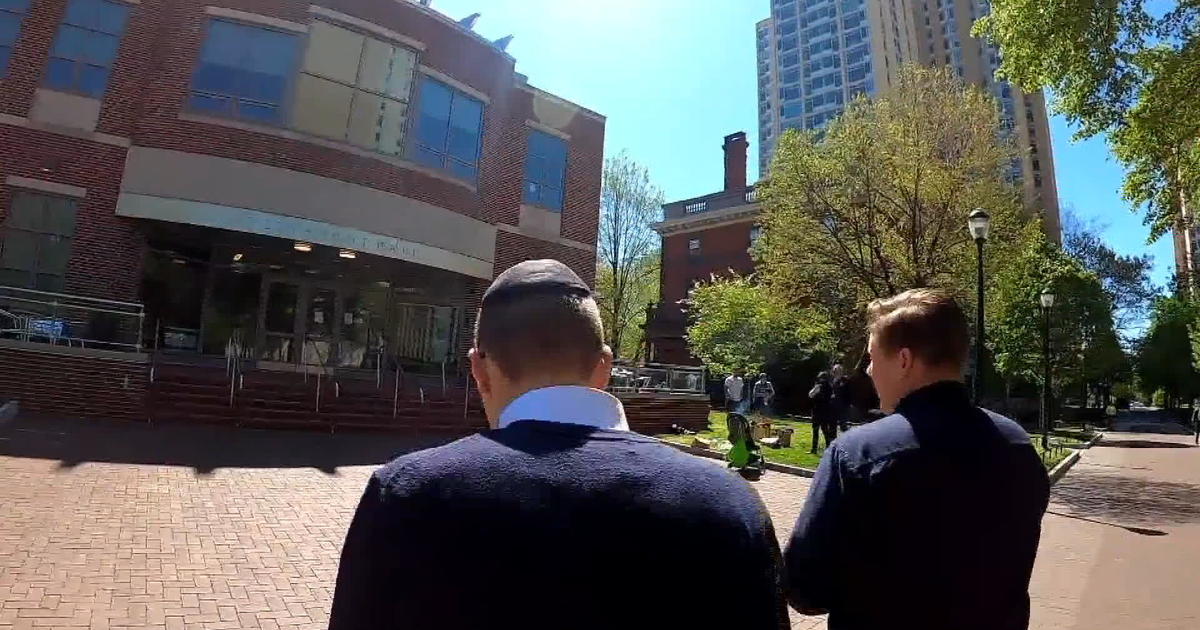Raindrop-Sized Technology Letting People Ditch Their Reading Glasses
PHILADELPHIA (CBS) -- There is new help for millions of people who need glasses to read.
This tiny-sized technology is similar to a raindrop and it's now letting people ditch their reading glasses.
Losing focus is a natural part of the aging process.
Our eyes change and that makes it difficult to read without help.
NJ Woman Bakes Lactation Cookies To Help Nursing Moms
Now there's a new implant, approved by the Food and Drug Administration, that is giving people a new option.
Darryl Caffee is a busy software consultant who is always reaching for his reading glasses to see what's on his phone.
"It is a hassle," says Caffee.
And it is an issue for most people.
Around age 40, vision changes and that means millions of people rely on so-called cheaters.
Caffee doesn't like to have to rely on glasses though.
"You don't want to because they're not always with you," he says.
The newest technology to help people with near vision loss, or presbyopia, is a tiny lens called Raindrop Near Vision Inlay.
It's applied to the front of the eye.
Dr. Steven Siepser is the only doctor locally with the Raindrop Near Vision Inlay.
'Biggest Loser' Host Bob Harper Suffers Heart Attack
It's 80 percent water and resembles a tiny water droplet.
"This is by far the best thing we've ever had," said Siepser who describes it as having a "wow" factor. "The 'wow' is I can see my iPhone without my glasses, wow."
After investigating various options, Caffee has decided to get the Raindrop implant.
The procedure doesn't take very long.
First, there's a topical anesthetic.
The same laser used for lasik makes a flap to open the cornea.
Then the Raindrop lens, which is the size of a pinhead, is put in place and the flap is folded back down.
It takes about 11 minutes.
"It is a lens but actually it sort of bumps out the front of the eye where we focus," said Siepser.
Changing the shape of the cornea can improve near vision without affecting distance vision.
Caffee says the procedure wasn't bad at all.
Right after it, he was able to read the print on his phone.
"Wait until tomorrow, it gets better and better," said Siepser.
Caffee, who is 52 years old, will see the final results in two to three weeks.
"I kind of think it's going to help me alot, you know just with my everyday you know tasks, especally my active tasks," he said.
The Raindrop Near Vision Inlay costs about $4,500 and is not covered by insurance.
This is the second FDA approved implant that can help people read.



